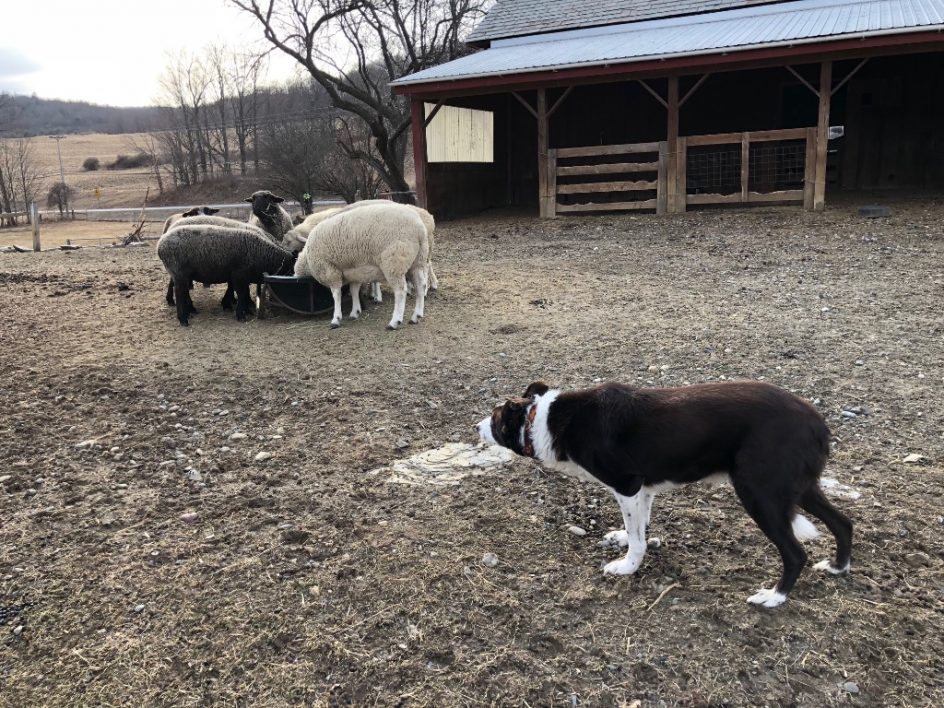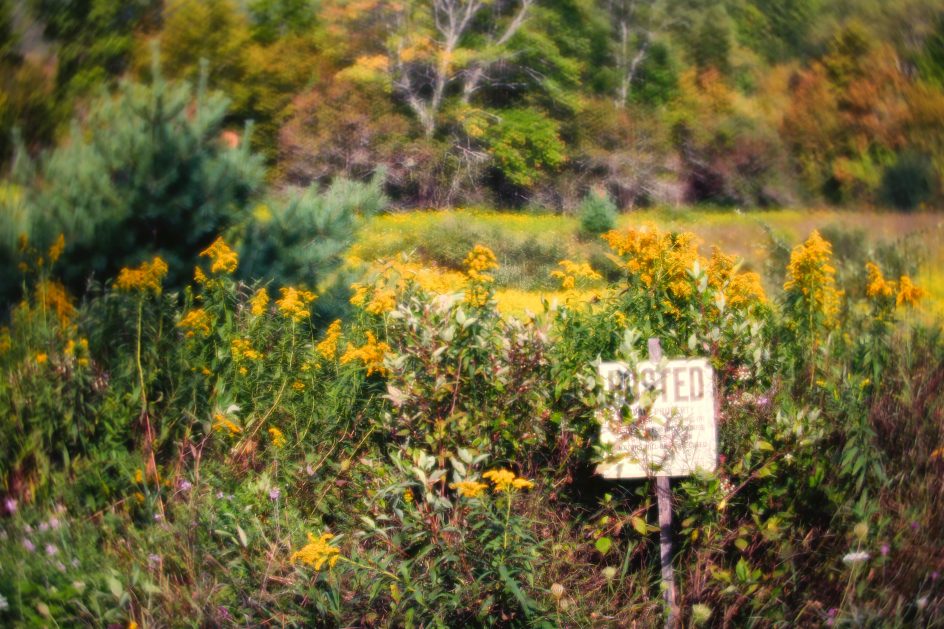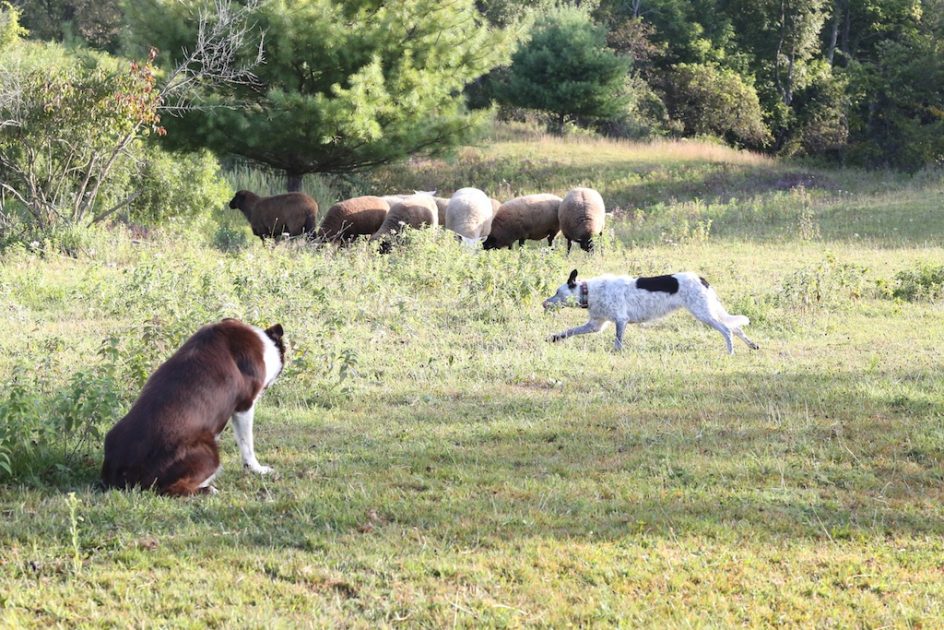I wrote last week about the interesting questions raised by people sending me books and magazines without asking me if I want or need them.
The problem for me is not that good people are being friendly to me; I’m not that weird, but that they often waste their money and time sending me things I already have, don’t need, or want, and have to store and dispose of.
I spend a lot of time disposing of books in a way that helps people who read.
But this is not a complaint post. It’s a social commentary and thought post.
I’ve been thinking there must be a better way to help the people we like online than to decide what they want or should have without knowing them.
I think people tend to project their interests onto others, assuming everyone will appreciate what they appreciate.
Before the Internet, this was unheard of, at least by me. It’s yet another way social media has upended our traditions of manners, privacy and independence.
I don’t believe in assaulting or correcting people in their own homes. I guess I’m old-fashioned in that way.
I’ve been writing online for nearly half a century, and people still send me books telling me what the Internet is.
I know the Internet; I was present when it was born. I’ve had border collies for 15 years, and people send me texts about what border collies are like (wow, do I know what border collies are like).
I’ve had sheep and been breeding them for nearly 20 years, and people send me books and links about what breeding sheep is like. They send messages telling me I’m doing it wrong.
I know almost everything I could ever want to know about what sheep are like. I hate to think of all the money these excellent and thoughtful people wasted sending me books I didn’t need or want to read.
The books I love to read have nothing to do with the things I live with. I like to read about other things.
Non-material help is by far the most useful – and the most likely to be helpful.
I couldn’t possibly have a garden bed like the one I have if the gardening people didn’t send me photos, links, and intelligent advice.
It’s not true that I hate advice. I would say I dislike the advice I don’t need or don’t want and have no time or space to study, read or keep.
I got a great letter yesterday from a long-time blog reader named Mary Lohr; she inspired me to write about this awkward issue. I don’t want to seem ungrateful to people, but it’s my job to get people to think.
Social media is a wild frontier still; it has never developed a clear or robust set of manners and etiquette. This is a great example to think about and talk about. The Internet was founded primarily by nasty and anti-social geek males. They have left their stink.
The women I sometimes hear from are often just as nasty as they were and are.
Mary’s message: “Jon, I agree with you about books. Recently, a friend gave me a large book to read on aging. I am 82 and have already learned how to age. Then this week, another friend wanted me to read two books she brought to my house. Both books were on how to live with dementia. My husband has had dementia for ten years and know how to live with it. I don’t have the time or the desire to read these books. I am glad you wrote about it.”
I’ve had this feeling that Mary expresses so directluy almost from the day I started the blog in 2007.
I know what it’s like to live with donkeys. I have lived with them for two decades. I know what it’s like to live on a farm. I’ve lived on two since the Centennial. And I’m not even a farmer.
I remember bringing two books on the end of life to a hospice patient near death.
He smiled, looked up at me, and said, “thanks, but I don’t need any book on death, I’m living it.” I brought a Mansion resident a book on assisted care once, and she also smiled at me and patted me on the shoulder, and said, “Dear, I love you for thinking of me, but I don’t need a book about assisted care, I’m in it.”
I always remember that good deeds are often selfish – they make the givers feel good.
But they also need to be valuable to both sides.
I have learned to consider who’s getting them and what they need. And I would never send any kind of gift to strangers I don’t know just because I like them.
The simplest way to find out what could be useful is to ask them, something many people don’t think to do.
We are all learning to talk with strangers in the new world; it takes some thinking and a lot of patience. A lot of people are forgetting how to speak with other humans.
The online impact on communications is wide-ranging and upends centuries of manners, practices, and traditions.
I consider my blog my online home, and I expect people to treat me respectfully and civilly, as they would in my true home. . That is not the way it often works.
Social media is a boundary breaker; I miss Dear Abby, of all people. Strangers insult me, correct me, demand the answers to personal questions, and have no idea what minding their own business means.
Everyone’s business is everyone’s business online.
People send me things very often without consulting me. I got so many boxes on Amish life that people had in their closets I had to find a used bookseller miles away to take them.
I wasn’t really looking for books to tell me what I thought of the Amish, that seemed my problem to me.
Digital communications challenge us to think differently about communicating with people we don’t know.
I get scores, even hundreds of e-mails each day. I can hardly ever respond to them as thoughtfully and gracefully as I would when meeting people in the real world.
I am often accused of being abrupt and nasty. No doubt.
The other day, I saw the movie Barbie, about a doll leaving her manufactured but perfect world to enter the real one.
I often feel online that I am entering an alternative world with different ideas about manners, privacy, independence, and respect.
I have a cardinal rule – if people treat me with respect, I will treat them with respect. That is not always possible online because so many strangers feel free to disrespect me for reasons I may never understand.
It just seems a part of the new way. I understand well why people might dislike me, but to have strangers who know nothing about me dislike me is something new.
I would never walk up to a stranger in town, hand him or her a book I liked, and tell them they would love it. They would think me mad. Yet people who communicate online do it all the time.
Two lessons I learned and remember about giving things to strangers.
Just because I am interested in something doesn’t mean anyone else should be. I dont like it when people assume I know nothing about donkeys or dogs or sheep and seek to educate me.
It can be insulting, even patronizing.
I think I’ve also learned that offering non-material advice can be friendly and often helpful – new products, animal medicines, solar lights, fencing, and inexpensive supplies for the Mansion and the refugee children. Such advice has helped me again and again, and I appreciate it.
It doesn’t cost people a thing, and I don’t have to spend hours looking for a new home for the gifts.
I’m never about to burn books or throw them in the trash.
I don’t know why people would think I have unlimited time to read books or know nothing about the animals I live with every day. That also never happens in the real world.
The problems come with material gifts – statues of every kind of animal, plaques, books, subscriptions, personal paintings, or sketches.
The farmhouse is about to burst with undread books of my own, let alone other people’s. Also, and not to be snarky, I don’t like being told what to read; I prefer to make those choices myself.
I appreciate being given a chance.
One reader sent me a $100 gift certificate to Shift for Maria and me to use to eat. It was a lovely thought, but Maria and I can buy our food; I took the money and will give it to the Mansion.
I’ve landed here: If I want to give someone I know and like a gift, I usually don’t. If I decide I should, I ask them what they might like or need or want so that I can get them something they are likely to use, rather than give it away or send it to a thrift shop.
Two days ago, a man in the Midwest sent me a note about a friend who self-published a story about him and his dog. It cost $250, and the messenger said it was something I should let him buy for me.
I said I don’t read books about dogs; I write them and want them to be my own ideas. And if I did want a $250 book on dogs, I would buy one.
He was angry, telling me I was making a “huge” mistake in not letting him spend $250 on a book I would never read.
My stack of unread books waiting for attention is taller than I am. Please don’t waste your money, I said. He went away, but he went away mad.
I recall a woman writing me to say my typos upset her and spoil her enjoyment of the blog. She wanted me to do something about it.
She was stunned – and offended – when I told her how I felt about her message. It was hurt for a Dyslexic, not help. She stormed off in a huff.
She had been reading me for years. But she knows absolutely nothing about me. That’s the difficult part of social media.
We are all learning how to deal with this new kind of communication, where people who don’t know one another and are unlikely ever to meet.
I try to remember that because I meet people online or by e-mail doesn’t mean I know. Real intimacy takes some hard work.
The lesson for me is always to ask first and then only send things to people I know well and understand. It’s turning out to be a good rule for me. Thanks, Mary, for jogging me and getting me to write about it.
I understand that social media is a tsunami swarming over our lives.
I don’t think we’ll ever see the old-fashioned manners my grandmother taught me: mind our own business, send “thank you” notes, address adults as Mr. Miss, Ms, They, sir or ma’am, say: Hi” to neighbors, shake hands with strangers.
Many of them were stuffy and useless. But I do think some manners are essential for humans to interact well with one another.
I think we’re seeing the results of that on the news every day.
My own response is to start small and work on being gentle, civil, and respectful, even when people are not gentle or respectful to me.
That is true spiritual growth, one step back at a time.






